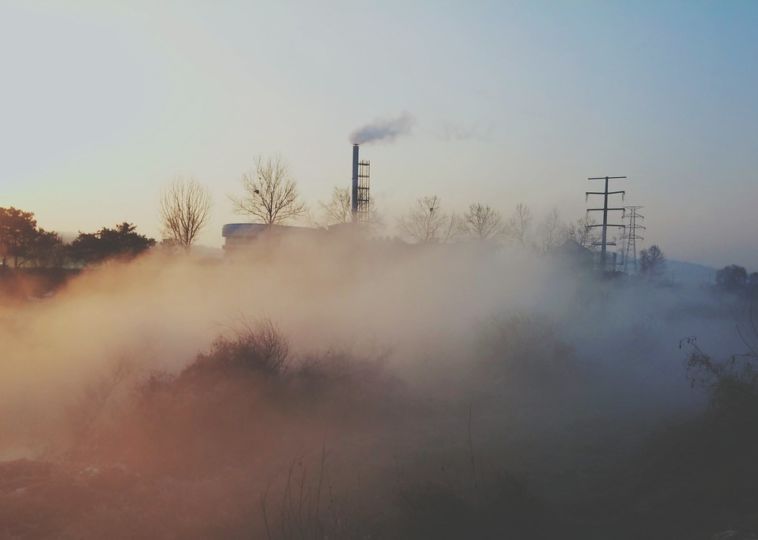The 5 Badass Natural Disasters Facts

The nature that enables life on Earth also has enough strength to change the world drastically. The unprecedented movement of the Earth causes many of the deadliest natural disasters, such as earthquakes, tsunamis, volcanic eruptions, and landslides.
Violent natural disasters have been a fact of human life since the beginning of the species, but the death toll of the oldest of these disasters has been lost to history. According to the International Federation of Red Cross and Red Crescent Societies, more than half of all natural disaster deaths worldwide are attributable to drought and famine.
Volcanic Eruptions

Volcanoes are an opening from the inner part of the Earth to the surface. A volcanic eruption occurs when the pressure on the magma chamber inside the planet increases, and magma drifts to the surface through volcanic vents. Volcanic eruptions destroy the surrounding areas, and planes also warm the atmosphere.
The molten particles then adhere to the turbine blades and change shape, interfering with the turbine’s operation. Significant eruptions can affect temperature as ash and sulfuric acid droplets cover the sun and cool the lower atmosphere. Historically, volcanic winters have caused catastrophic famines.
Tornadoes

Tornadoes are strong, violently rotating air storms extending from clouds to the Earth’s surface. Some violent tornadoes reach wind speeds of up to 300 miles per hour. Tornadoes are usually found in the form of a condensation funnel, which also holds several forms depending on the pressure of the air.
The thunderstorms, which mix cold, humid air with hot air, cause instability and violent tornadoes. Tornadoes have enough power to destroy the entire city and uproot trees. There are such violent storms on all continents except Antarctica. Tornadoes vary in intensity regardless of shape, size, and location, although strong tornadoes are usually more significant than weak tornadoes.
Tsunamis

Tsunamis or tidal waves are formed due to earthquakes, volcanic eruptions, or other forms of disturbance in the oceans. Such tidal waves will travel thousands of kilometers and particularly hit coastal areas. Tsunamis have a higher speed in deep water in the sea. The speed decreases when it approaches coastal regions but has a higher altitude.
Retrieving waves is the main clue for tsunamis. In the deep ocean, tsunami waves can only appear one foot or so high. A tsunami trough, the lowest point under the wave crest, often reaches the shore first. If it does, it creates a vacuum effect that sucks coastal water from sea-side seas and exposes harbor and sea floors.
Hurricanes

Hurricanes are powerful, rapidly spinning storm systems that hit mainly over tropical seas. Hurricanes are also known as typhoons, collectively known as tropical cyclones. Hurricanes will spread over 600 miles in and up at 70 to 200 miles per hour.
Hurricanes form when ocean water has moderate temperatures above 80 degrees F, and the wind blows in the same direction as the upward force. However, no such hurricanes hit countries with the same force they obtained from the source and have enough power to generate heavy rain, high waves, and strong winds.
Earthquakes

Earthquakes are one of the most dangerous disasters humans have ever faced. The surface of the Earth contains a series of plates called tectonic. Such plates have rough edges and keep moving and sliding over each other.
Whenever the force of these plates overcomes the friction, the energy is released in the form of seismic waves and shakes the outside world. But most of them are too small to recognize, and some have the power to destroy everything. The seismometer is an instrument for measuring the seismic waves generated by earthquakes.


